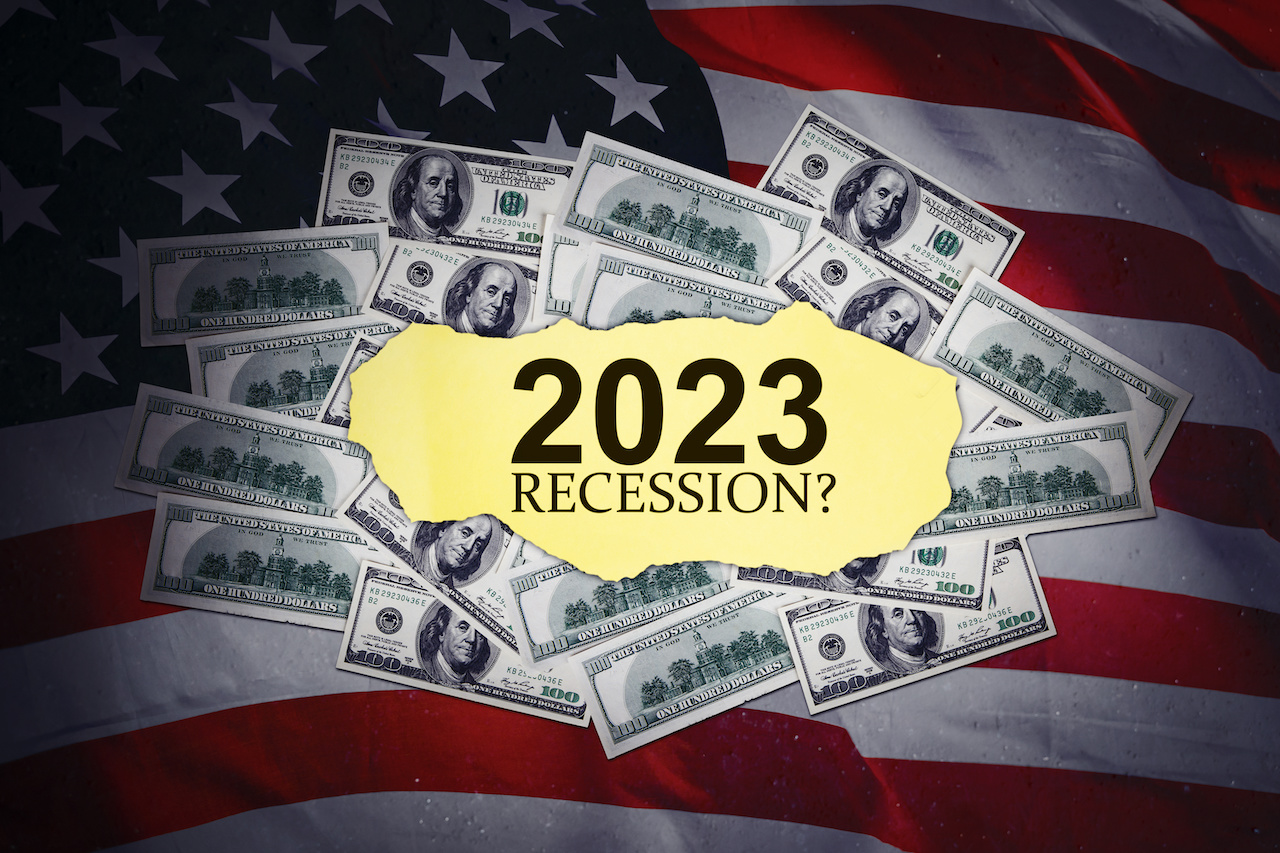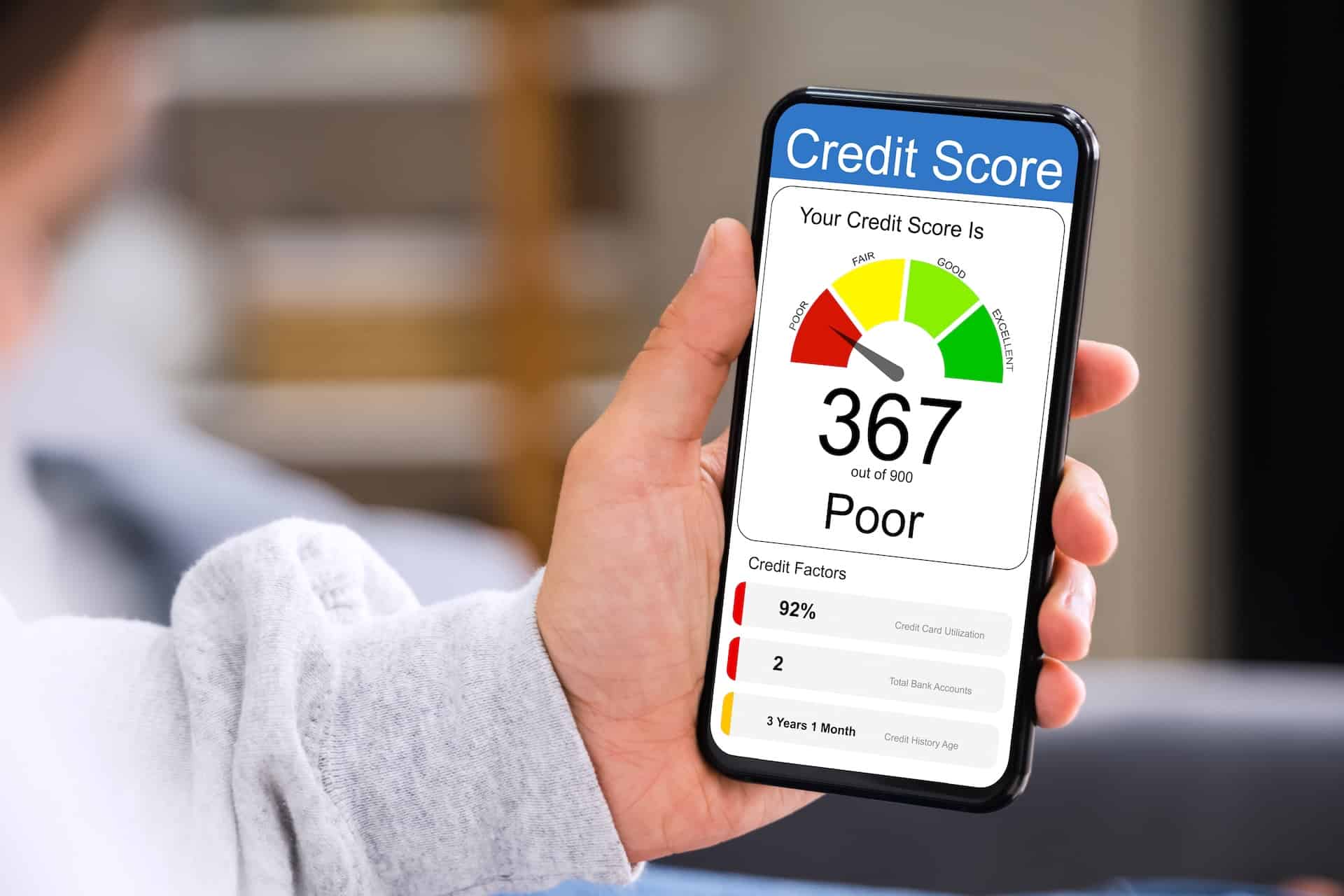Credit Sesame discusses the state of the U.S. economy in 2023.
The Bureau of Economic Analysis reported that the U.S. economy grew during the first quarter of 2023, even after adjusting for inflation. However, the news was not all good. The report of continued economic growth was soured by the reality that the pace of growth slowed considerably in the first three months of 2023. Also, there are obstacles ahead that could easily trip up a weak economy.
So, while the economy in 2023 is still kicking it seems to be in critical condition. The months ahead will be touch-and-go in terms of whether the current economic expansion survives.
1st quarter slowdown, but not recession
The Bureau of Economic Analysis reported that U.S. Gross Domestic Product (GDP) grew at a real annual rate of 1.1% in the first quarter. That’s a significant slowdown from the 2.6% pace of real GDP growth in the last quarter of 2022.
GDP is a comprehensive measure of economic activity. When economists talk about “real” growth, they mean growth adjusted for inflation. So, even though inflation remains a challenge, the economy managed to grow at a faster pace than price increases.
The other detail of how GDP is reported is less encouraging. The 1.1% growth figure is an annual rate based on the assumption that the economy would grow at the same pace for a full year. That means that there was only about 0.27% of actual growth during the first quarter of 2023.
Considering that this is just a preliminary estimate, such a low number means that subsequent revisions to the official GDP could be significant. It may turn out that growth was a little better than initially thought, but it also may be the case that growth was actually closer to 0%.
At this point, it’s useful to make the distinction between an economic slowdown and a recession:
- A slowdown means that the economy is still growing, but the pace of growth has gotten weaker.
- A recession means the economy is actually shrinking. This would involve a significant period of negative GDP growth.
For example, when GDP growth goes from 2.6% to 1.1% it’s a slowdown. If GDP growth went from 2.6% to negative 1.1%, it could signal the start of a recession. Even then, recessions are not officially declared until the economy has either shrunk by a large amount or has been shrinking for an extended period.
Is the economy in 2023 on borrowed time?
Anemic though it was, the 1.1% rate of real GDP growth in the first quarter meant that the economy was not yet in a recession. However, besides the fact that the growth rate is slowing, there are other reasons to be concerned that the economic expansion is living on borrowed time. Increasingly, economic growth has been fueled by consumer borrowing. The current level of borrowing may be unsustainable:
- Total consumer debt grew by 8.5% last year, to reach a record total of $16.9 trillion.
- The cost of that debt rose significantly last year due to rising interest rates, and this continued in early 2023.
- Lenders are already showing concern about a possible recession by tightening lending standards. This means it’s getting tougher to qualify for credit.
Even without consumers starting to pay down that debt, just a slowing of the pace of borrowing would take a lot of wind out of the economy’s sails.
Banking woes remain a wild card
There’s another shadow over that soft first-quarter GDP number: it doesn’t reflect the full impact of recent bank failures and the ongoing concern that more of the same may be ahead. At the heart of the issue is the flight of deposits from some banks. As their deposits dwindle, banks have less capital available for making loans.
The anticipation of continued deposit losses and/or a recession may make banks especially cautious about committing precious resources to new loans. The result may make it tougher for all but the most qualified consumers to get credit in the months ahead. This adds to the potential drag on lending, and thus on spending.
Inflation remains a factor
While inflation has eased in recent months, it is still unacceptably high. As of the end of the first quarter, the Consumer Price Index was up 5.0% over the previous twelve months. The Personal Consumption Expenditures Price Index was up 4.2%. Both numbers are well above the Federal Reserve’s target of 2.0%.
Inflation is a hurdle that spending has to clear in order for the economy to show real growth. The higher the hurdle, the harder it is to achieve growth that exceeds the inflation rate.
Think of it this way. If inflation is 5%, you have to spend 5% more just to keep pace. In order to actually buy a greater amount goods and services, you’d have to spend an even higher amount.
On the other hand, if inflation were 2%, spending 5% more would mean you could actually buy 3% more goods and services. That would mean you – and the economy – were getting ahead.
Until inflation eases closer to the 2% level, it will remain hard for the economy to come out ahead. It also will be less likely that the Fed will lower interest rates, so borrowing costs are likely to remain a drag on potential growth.
The cycle of economic life
Recessions cause hardships, but they are part of the cycle of economic life, and as with cycles of life in nature, there is a renewal that follows periods of decline.
In the case of this particular cycle, you might say that it’s overdue for a recession. Since World War II, the average economic expansion has lasted just shy of 6 ½ years. Except for the short, sharp recession caused by the onset of COVID, the current cycle has gone nearly 14 years since the previous downturn.
During recessions, people tend to spend less. They pay down debt and rebuild savings. Those are both things that could benefit American consumers in the long run.
Recessions also help snuff out high inflation, which is something else that would benefit the current economy.
Despite continued growth in the first quarter, there are reasons to believe the economy may be headed for a recession. While that’s unfortunate, it’s important to remember that it may also be the path the economy has to take toward a new beginning.
If you enjoyed What’s happening with the U.S. economy in 2023? you may like,
- How the poor vs. rich were affected by the economy in 2022
- The Impact of Consumer Spending on the Economy in 2023
Disclaimer: The article and information provided here is for informational purposes only and is not intended as a substitute for professional advice.




















